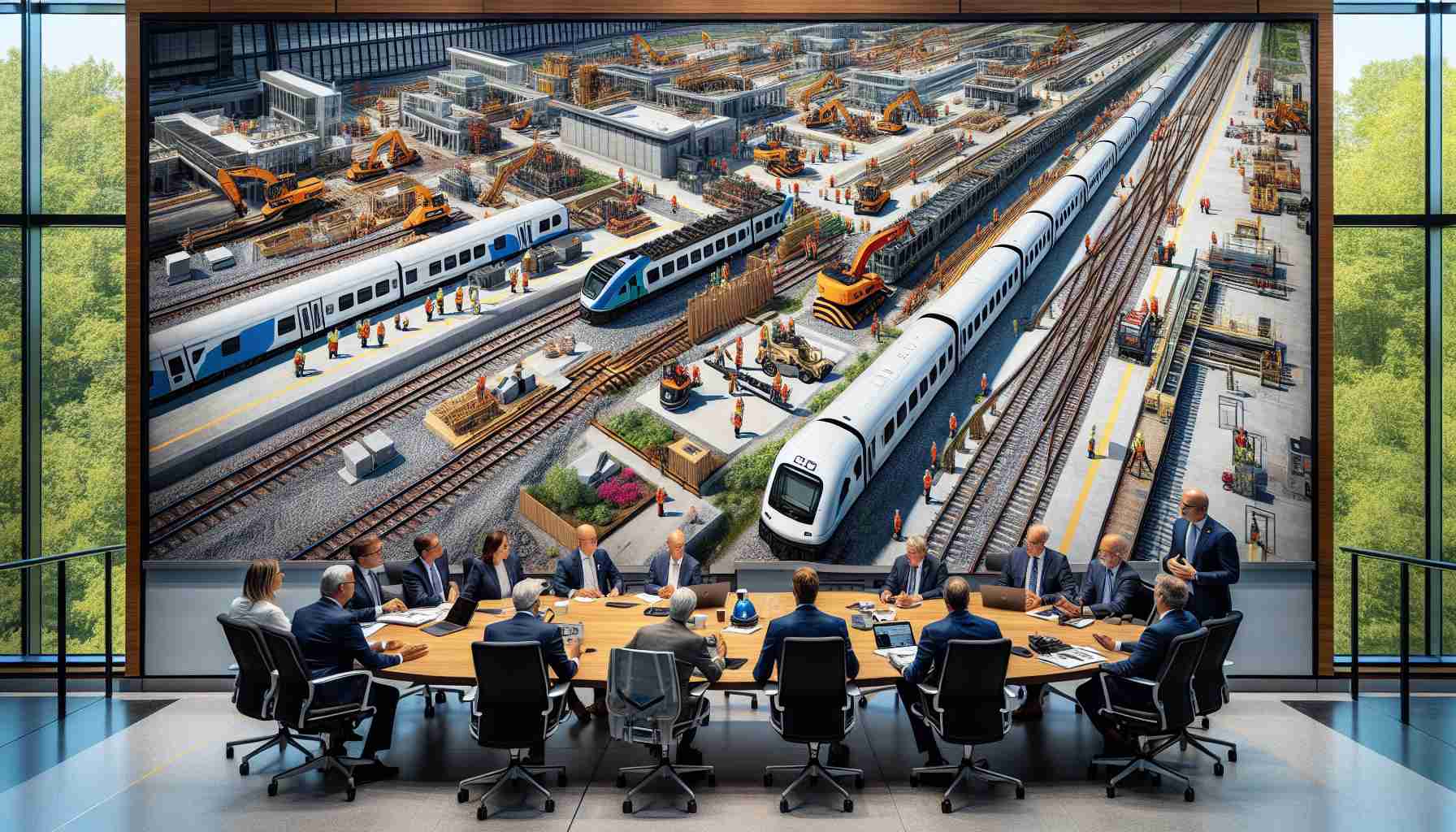In a groundbreaking move for the transportation sector, Hitachi Rail has entered into a significant partnership with Invest Ontario. This collaboration targets a C$100 million investment aimed at enhancing Communications-Based Train Control (CBTC) technology, promising to revolutionize commuting in the region.
The strategic investment underscores a strong commitment to innovation and efficiency in public transportation. By bolstering CBTC technology, Hitachi Rail aims to ensure not only safer trains and more reliable networks but also a significant boost in capacity. The enhancements are expected to lead to a dramatic reduction in delays and an increase in the overall quality of train service.
Invest Ontario sees this partnership as a milestone in its ongoing mission to stimulate economic growth and technology advancement in the province. The initiative is set to create numerous job opportunities, contributing significantly to the local economy while fostering a robust high-tech industry in Ontario.
This visionary project positions Ontario as a leader in modern railway solutions, setting a precedent for future infrastructure endeavors. Hitachi Rail’s expertise in delivering cutting-edge transportation technology aligns perfectly with the province’s goals of sustainable and efficient public transit systems.
In summary, the C$100 million investment by Hitachi Rail and Invest Ontario is poised to upgrade rail systems, promise better service for passengers, and invigorate the regional economy through job creation and technological development. This is a crucial step forward for Ontario’s transit future.
How Cutting-Edge Train Control Technology is Shaping the Future of Public Transit
The Future of Train Travel: Innovations and Impacts
As Ontario gears up for a revolution in public transportation, the recent collaboration between Hitachi Rail and Invest Ontario marks an exciting development in the realm of rail technology. While the focus has primarily been on the anticipated improvements in train control and commuter experience, there’s much more beneath the surface that merits attention.
The Broader Impact on Communities and the Economy
Beyond enhancing commuting experiences, the infusion of C$100 million into Communications-Based Train Control (CBTC) technology has broader implications for communities and the state economy. The high-tech advancements in rail systems don’t just ensure smoother rides; they transform the landscape of employment and economic development in Ontario. By fostering a burgeoning tech industry, this initiative could bolster local businesses and inspire subsequent investments in infrastructure and innovation.
Hidden Advantages and Challenges
CBTC technology is designed to make train systems more efficient by using real-time data and advanced algorithms to control train movements. This not only boosts capacity but also improves safety by minimizing the risk of collisions and human error. Moreover, with improved reliability and fewer delays, public transportation could become a more attractive option—potentially reducing road congestion and lowering carbon emissions.
However, this technological shift doesn’t come without challenges. The sheer scale of infrastructure upgrade requires substantial upfront financial investments and a commitment to long-term maintenance. Communities may face disruptions during the transition period as new systems are integrated into existing frameworks.
Controversies and Questions
One of the intriguing aspects of this initiative is the balance between public and private interests. How will ticket pricing be affected by this technological upgrade? While the partnership aims to create job opportunities, will these jobs be sustainable and accessible to current local populations? Additionally, the integration of high-tech solutions raises concerns about data privacy and the cybersecurity of public transport systems.
Looking Ahead: A Vision for the Future
Despite the potential hurdles, the commitment by Hitachi Rail and Invest Ontario signals a step forward towards innovative, sustainable public transit. As Ontario sets the stage for modern railway solutions, the world will be watching to see how these developments unfold.
For those interested in the broader scope and future initiatives in this sector, consider exploring more about modern transportation solutions at Hitachi or regional economic advancements at Invest Ontario.
As cities worldwide grapple with the challenges of modernizing infrastructure, Ontario’s initiative may serve as a blueprint for future endeavors. Will these advancements pave the way for a new era of public transit? Only time will tell.




















